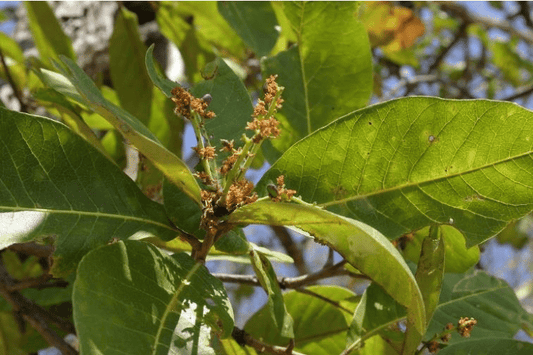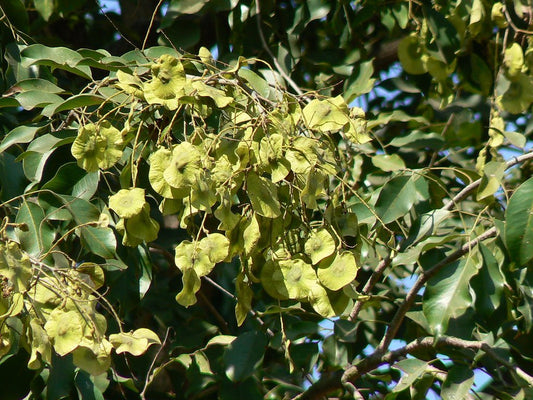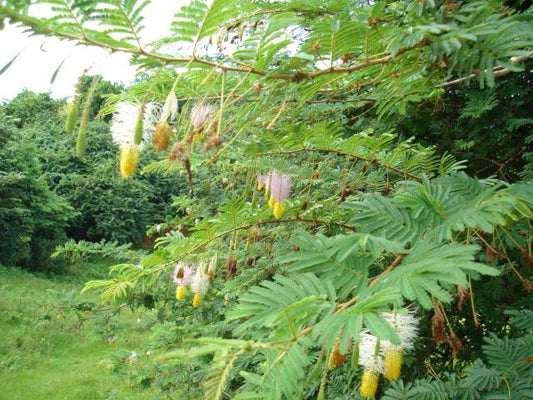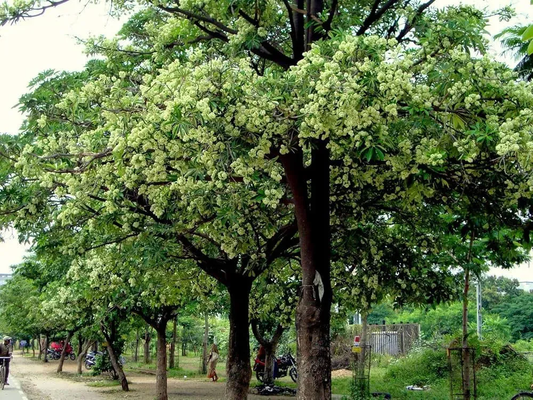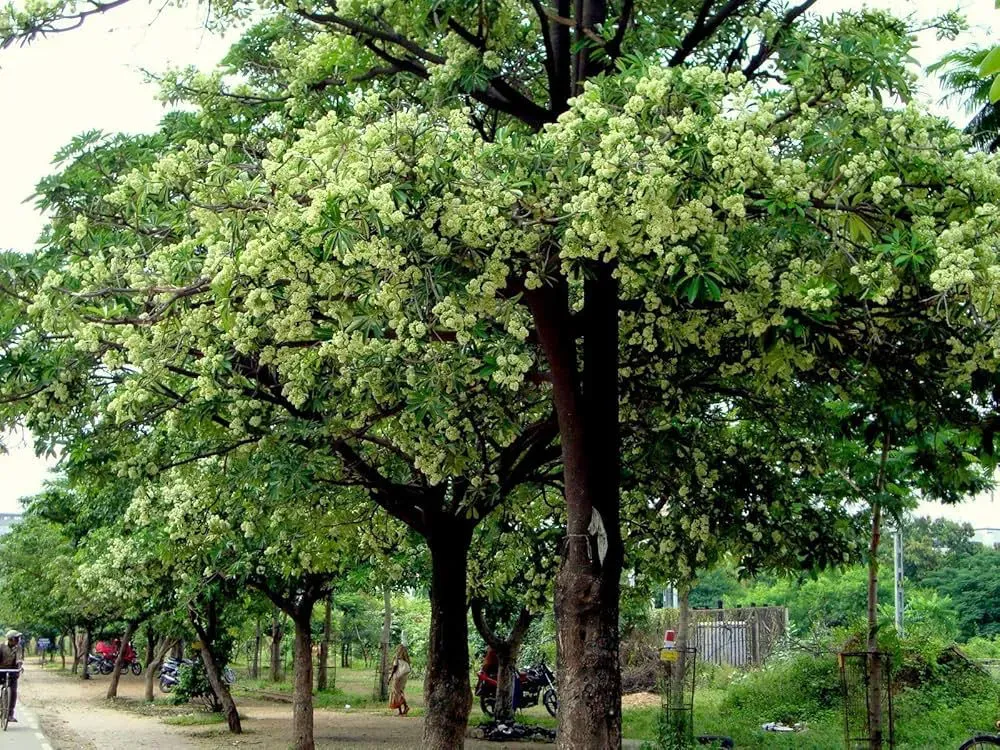

The Satwin Tree, scientifically known as Alstonia scholaris, is a fascinating evergreen species celebrated for its medicinal properties, ecological benefits, and cultural significance. Often referred to as the “Scholar Tree” or “Devil’s Tree,” it has Read more
Satwin Tree: Unlocking the Mystical Secrets of Nature’s Medicinal Gem
The Satwin Tree, scientifically known as Alstonia scholaris, is a fascinating evergreen species celebrated for its medicinal properties, ecological benefits, and cultural significance.
Often referred to as the “Scholar Tree” or “Devil’s Tree,” it has been revered for centuries for its role in traditional medicine and environmental conservation.
Native to South and Southeast Asia, the Satwin Tree is a natural powerhouse, blending beauty with functionality. Let’s uncover its rich history, ecological importance, and modern applications.
What is the Satwin Tree?
The Satwin Tree belongs to the Apocynaceae family and is known for its tall stature, glossy leaves, and fragrant white flowers. It can grow up to 25 meters, with a straight trunk and a dense, spreading canopy.
Found in tropical and subtropical regions, the tree thrives in a variety of soil types and climates, making it a resilient addition to forests and urban landscapes.
Historical and Cultural Significance
The Satwin Tree has a long history of cultural and medicinal importance. In Indian traditions, it is considered sacred and is often planted near temples.
Ancient texts, including the Ayurveda, describe its bark, leaves, and roots as powerful remedies for various ailments. The tree is also mentioned in folklore, where its towering presence is associated with strength and protection.
Fun Fact: The name “Scholar Tree” comes from its lightweight wood, traditionally used to make writing slates and paper.
Medicinal Properties of the Satwin Tree
Renowned as a “healer tree,” the Satwin Tree is packed with alkaloids, flavonoids, and other bioactive compounds that offer numerous health benefits. Its bark, leaves, and latex are used extensively in traditional medicine.
- Anti-inflammatory: The tree’s bark reduces swelling and pain, making it effective for arthritis and joint issues.
- Antimicrobial: Its extracts combat bacterial and fungal infections, supporting wound healing and skin health.
- Respiratory Health: The bark is used to treat asthma, bronchitis, and other respiratory conditions.
- Digestive Aid: Its latex is used in remedies for diarrhea, dysentery, and stomachaches.
Scientific Backing
Studies published in the Journal of Ethnopharmacology highlight the Satwin Tree’s antimicrobial, anti-inflammatory, and antioxidant properties. Research also supports its role in treating respiratory and digestive disorders, validating its use in traditional medicine.
Environmental Impact
The Satwin Tree is not just a medicinal marvel; it also plays a vital role in maintaining ecological balance. Its dense canopy provides shade and regulates temperature, while its extensive root system supports soil health and water retention.
- Air Purification: The tree absorbs pollutants and releases oxygen, improving air quality in urban areas.
- Soil Stabilization: Its roots prevent erosion, particularly in flood-prone areas, and enhance soil fertility.
- Biodiversity Support: The tree provides habitat for birds, insects, and small mammals, fostering a thriving ecosystem.
Fun Fact: The fragrant flowers of the Satwin Tree bloom at night, attracting nocturnal pollinators like moths and bats.
Satwin Tree in Modern Applications
The Satwin Tree has found applications beyond traditional medicine. Its lightweight wood is used for making furniture, matchsticks, and paper.
The tree’s bark is being studied for pharmaceutical applications, while its potential in reforestation projects highlights its importance in sustainable development.
Planting and Caring for the Satwin Tree
- Soil: Thrives in well-drained, sandy, or loamy soils but can adapt to poor soil conditions.
- Sunlight: Requires full to partial sunlight for optimal growth and flowering.
- Watering: Moderate watering is needed during the tree’s early growth stages; it becomes drought-tolerant once established.
- Pruning: Regular pruning ensures a healthy canopy and better growth.
Cultural Symbolism
The Satwin Tree is deeply rooted in cultural and spiritual practices. In Hinduism, it is considered a sacred tree associated with purity and protection.
Its towering presence and ability to thrive in challenging conditions make it a symbol of resilience and growth in various traditions.
Conservation and Sustainability
While the Satwin Tree is resilient, habitat loss and deforestation threaten its natural populations. Promoting its planting in urban and rural landscapes can help preserve its ecological and medicinal value.
Its inclusion in reforestation projects ensures its benefits for future generations.
Conclusion
The Satwin Tree is a remarkable blend of beauty, utility, and resilience. From its medicinal wonders to its environmental contributions, it stands as a symbol of nature’s generosity.
Let’s celebrate and conserve this versatile tree, ensuring its legacy as a medicinal gem and sustainable wonder continues to enrich ecosystems and communities worldwide.
You may also like
Corporate Plantations
Satwin Tree Benefits
The Satwin Tree offers a trifecta of health, beauty, and environmental perks, blending medicinal remedies, air purification, and soil stabilization into one towering natural wonder.
Medicinal Properties of Satwin Tree
Packed with alkaloids and antioxidants, this tree’s bark, leaves, and latex treat respiratory issues, digestive ailments, and infections, proving it’s a green pharmacy at heart.
Satwin Tree in Urban Landscaping
With its dense canopy and air-purifying qualities, the Satwin Tree is a favorite for beautifying streets, parks, and gardens, adding charm and function to urban spaces.
Environmental Role of Satwin Tree
From absorbing pollutants to supporting biodiversity, this eco-friendly giant plays a vital role in restoring balance to ecosystems and combating climate change.
Satwin Tree in Traditional Medicine
Revered for centuries, this “healer tree” has been used in Ayurvedic remedies to treat asthma, skin infections, and digestive troubles, showcasing ancient wisdom.
Cultural Significance of Satwin Tree
Considered sacred in many traditions, the Satwin Tree symbolizes resilience and protection, often planted near temples and homes as a symbol of good fortune.
Modern Applications of Satwin Tree
Beyond its medicinal uses, this tree’s lightweight wood is perfect for furniture, paper, and matchsticks, making it a versatile contributor to various industries.
Conservation of Satwin Tree
Habitat loss threatens this marvel, and its conservation ensures future generations benefit from its medicinal, ecological, and cultural treasures.
FAQ
What is the Satwin Tree?
The Satwin Tree, scientifically known as Alstonia scholaris, is an evergreen tropical tree celebrated for its medicinal properties, cultural significance, and ecological benefits.
Why is the Satwin Tree called the “Scholar Tree”?
Its lightweight wood was traditionally used to make slates and paper, earning it the nickname “Scholar Tree” for its academic contribution.
What are the medicinal uses of the Satwin Tree?
Its bark, leaves, and latex treat respiratory conditions, digestive issues, and infections, proving it’s a natural healer with age-old wisdom.
How does the Satwin Tree benefit the environment?
It purifies air, prevents soil erosion, and supports biodiversity by providing food and shelter to pollinators and wildlife.
Can the Satwin Tree thrive in urban areas?
Absolutely! Its adaptability to various soils, pollution resistance, and air-purifying qualities make it a great addition to urban landscapes.
Why is the Satwin Tree culturally significant?
Revered as sacred in many traditions, the tree symbolizes resilience, protection, and prosperity, often planted near temples and homes.
What are the modern uses of the Satwin Tree?
Its wood is used for furniture, paper, and matchsticks, while its medicinal extracts are being studied for pharmaceuticals and skincare products.
Why should we conserve the Satwin Tree?
Deforestation threatens its population, and conservation ensures its medicinal, ecological, and cultural benefits are preserved for future generations.
Connect with us
-
👥 Corporates
If you are looking for:
- 🌲 Tree Plantation Events
- 📊 CSR Projects
📧 corporate@growbilliontrees.com
📞 +91 9699723523
💬 +91 9370599291 WhatsApp (Only)
🕒 Mon - Sat | 10am - 7pm IST
-
🧩 Tree Plantation NGOs
If you are looking for:
- 💰 Financial Assistance
- 🤝 Operational Support
📧 support@growbilliontrees.com
📞 +91 9699723523
💬 +91 9370599291 WhatsApp (Only)
🕒 Mon - Sat | 10am - 7pm IST
-
🌼 Individuals
If you are looking for:
- 👥 Group Tree Plantation Drive
- 🌳 Bulk Tree Plantation
📞 +91 9699723523
💬 +91 9370599291 WhatsApp (Only)
🕒 Mon - Sat | 10am - 7pm IST


